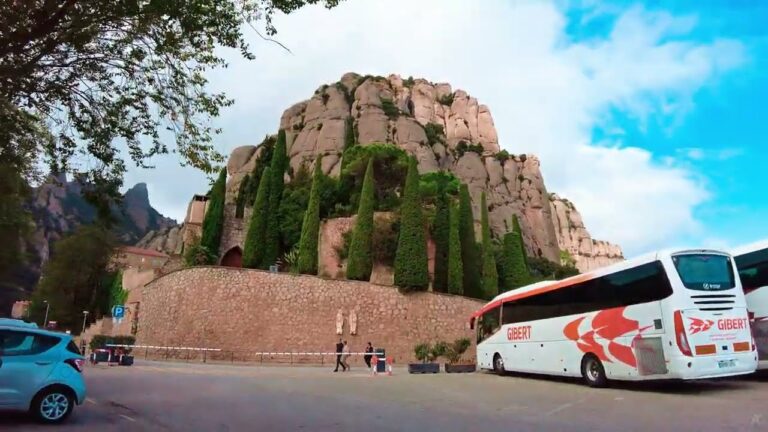Montserrat’s transportation system is modest but well-suited to its small size and population. Following the 1995 volcanic eruptions, much of the southern road network and the former airport were destroyed, leading to a rebuild and reorientation of transportation toward the northern “safe zone”.
Road Transportation
Road Network
- Approximately 269 km of roads, mostly paved
- Roadways connect the northern residential and commercial areas
- Roads in mountainous areas can be narrow and winding, especially in interior regions
Vehicles
- Most residents use private vehicles
- Driving is on the left (British system)
- Taxis and private car hire are available
- Public transport (minibuses) exists but is limited and informal:
- Operate mostly during weekday daytime hours
- Serve key routes between towns like Brades, Davy Hill, Look Out, and Salem
Air Transportation
John A. Osborne Airport
- Located in Gerald’s, in the north
- Opened in 2005, replacing the old airport buried by ash
- Services:
- Small aircraft only (short runway)
- Daily flights to and from Antigua, the main international gateway
- Fly Montserrat and ABM Air are primary regional carriers
Sea Transportation
Ferry Service
- Connects Montserrat to Antigua, used for:
- Passenger transport
- Small cargo deliveries
- Schedule varies seasonally, and service is weather-dependent
Seaport
- Little Bay Port handles most cargo and maritime traffic
- Used for import/export, construction materials, and some cruise tourism
Post-Volcano Adaptations
- Southern transportation routes (e.g., to the former capital Plymouth) are within the Exclusion Zone and closed to the public
- Northern road and air infrastructure have been upgraded
- Government continues to invest in roads, port facilities, and public safety
Emerging Trends
- Growing interest in:
- Electric vehicles
- Sustainable public transport options
- Improved bus scheduling and regulation



